Building Vietnam's scientific position
One of the outstanding achievements of national and regional significance is the successful launch of the VNREDSat-1 remote sensing satellite on May 7, 2013. This is the first satellite that Vietnam has researched, manufactured and operated on its own, marking a turning point in mastering space technology. VNREDSat-1 has put Vietnam in the group of 25 countries owning Earth observation satellites, opening a new era for the domestic space technology industry. Although designed to operate for only 5 years, the satellite is still operating effectively, providing more than 155,000 remote sensing images for national defense, agriculture , natural resources and environmental management.
Following that success, the Vietnam Space Center (under the Vietnam Academy of Science and Technology) continues to research and put into orbit small satellites such as PicoDragon, MicroDragon and NanoDragon, all directly designed and manufactured by Vietnamese people. Each satellite is a step forward in maturity, showing Vietnam's ability to go further in the challenging high-tech field.
The Vietnam Academy of Science and Technology also implemented Project 150 on DNA identification to identify the remains of martyrs with unknown information. The DNA Identification Center (Institute of Biology) has analyzed and identified thousands of samples, currently storing more than 6,000 samples for long-term analysis, contributing to healing the pain of war.
The Institute always identifies basic research as the core foundation for reaching breakthroughs in science and technology. The Institute is a place that gathers a team of leading scientists in basic science fields such as mathematics, physics, chemistry, biology, earth and marine sciences, etc. These are the pillars to maintain and improve national research capacity, while training the next generation of young scientists. Two international centers for mathematics and physics sponsored by UNESCO are currently operating effectively, creating a forum for international academic exchange, contributing to bringing Vietnamese science to the world and bringing the world to Vietnam.
The mark of the Vietnam Academy of Science and Technology in recent years is the innovative thinking that has been promoted and spread throughout the research, training and international cooperation system, becoming an important driving force to promote the development of science and technology in the country.
Innovation is not just a slogan, but is clearly demonstrated through the ability to transform scientific knowledge into specific, useful products. The Institute has handed over more than 1,200 DNA identification results of missing martyrs’ remains, a humane contribution of historical significance.
The announcement of preclinical research results on Covid-19 treatment drugs, along with massive scientific works such as the Vietnam National Atlas, Red Book, Fauna, Flora. Data files on Determining the outer limits of Vietnam's continental shelf have contributed significantly to determining Vietnam's sovereignty over its seas and islands. The Central Highlands Program I, III, the Vietnam Sea and Continental Shelf Comprehensive Investigation Program... are works that not only have scientific value but also have great significance in planning, resource conservation and socio-economic development of the country.
In addition, the Vietnam Academy of Science and Technology also consults the Party and the State on scientific basis to solve important and urgent issues such as: Environmental incident caused by Formosa in Ha Tinh sea area, Rang Dong Factory fire incident or issues related to Vietnam's continental shelf, earthquake in Song Tranh 2 Hydropower Plant area, etc. The Institute proactively reports to the Prime Minister on the movement trend of the Fourth Industrial Revolution, proposing solutions to take advantage of digital technology opportunities. This is a typical example of the Institute not only researching, but also proactively "advising" policy from a scientific perspective.
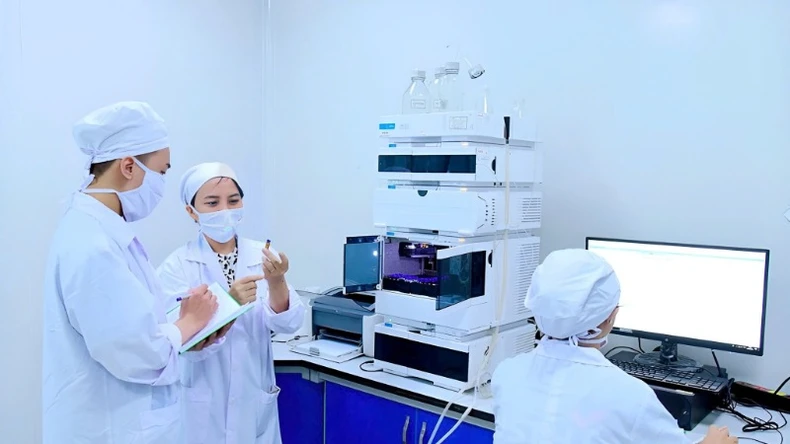 |
Scientific research at the University of Science and Technology of Hanoi, Vietnam Academy of Science and Technology. (Photo: USTH) |
In the context of globalization, the Academy attaches special importance to international cooperation activities, considering it an important channel for learning and co-creation. This is both the goal and the driving force for the Academy to strengthen cooperation with academies, national research organizations and leading universities in the world: Russia, France, Belarus, Japan, Korea... Comprehensive cooperation activities range from exchanging expert delegations, coordinating the organization of international scientific conferences, surveying the sea with modern research vessels to building mixed laboratories. Thanks to these activities, the Academy has formed many advanced research directions, accessed new technologies and trained hundreds of PhDs with an integrated mindset.
Since then, the Institute has improved its capacity to publish scientific information in prestigious journals and deeply integrated into the global scientific network. Currently, the Institute has nearly 3,500 research staff, including about 305 professors and nearly 1,000 PhDs.
In the past 5 years, the Institute has published more than 11,360 scientific works, with more than 72% being international publications. In 2023, the Institute achieved a record of 2,211 scientific articles, of which more than 1,700 were international publications. In the past 5 years, the Institute has been granted nearly 300 patents and utility solutions, has 6/12 journals in the international list and published about 300 monographs. For two consecutive years, the Institute has been honored by the Clarivate Organization as "Leader in Innovation" in the South Asia and Southeast Asia region, showing that its scientific strength is growing substantially thanks to comprehensive innovation thinking.
Despite achieving many important results, science and technology activities are still facing many systemic obstacles. Inadequacies in the coordination mechanism between research and application, limitations in policies to attract and use high-quality human resources, and the lack of uniformity in legal regulations on commercialization of research results are slowing down the process of transforming knowledge into practical value. If institutional barriers are not promptly removed, they will continue to hinder the internal strength of scientific development, affecting national competitiveness in the long term.
Shaping a new vision
To realize the development strategy of the Vietnam Academy of Science and Technology to become a leading scientific center in the region, with a number of fields reaching advanced Asian and international levels, and at the same time associated with the implementation of Resolution No. 57-NQ/TW of the Politburo, the Institute has identified the development of key research fields such as: Quantum technology, artificial intelligence, big data technology and big data processing; blockchain technology; cloud computing; smart network security technology...
The Institute focuses on developing artificial intelligence and machine learning applications in industries, blockchain technology and applications in data management and security, 5G networks and the Internet of Things (LoI) in smart cities, and autonomous robots.
The Institute will also continue to research new technologies in a number of cutting-edge research fields in biotechnology, biomedicine, and chemistry to increase the ability to accurately identify DNA in identifying martyrs' remains; successfully produce A/H5N1 influenza vaccine for poultry caused by a new strain; develop stem cell and immune cell research to treat serious diseases...
According to Professor, Dr. Chu Hoang Ha, Vice President of the Vietnam Academy of Science and Technology, the Institute is developing a Project to submit to the Prime Minister for approval on enhancing the Institute's capacity to be on par with advanced countries in the region and the world. The Institute's leadership focuses on task groups on innovation and mechanism improvement; task groups on promoting and enhancing scientific and technological potential and developing scientific research orientations. On that basis, the Institute focuses on building international standard technology research and development centers, investing in developing technology application and deployment centers to support innovation and start-up activities; investing in and upgrading infrastructure, especially in the field of information technology to serve management and operation, scientific research and digital transformation...
Highly qualified scientific human resources are the key factor determining the success in implementing Resolution No. 57-NQ/TW. According to Professor, Dr. Tran Tuan Anh, Vice President of the Vietnam Academy of Science and Technology, the Party Committee and leaders of the Institute have deployed and implemented many preferential policies, proposed many breakthrough mechanisms such as recruitment, special appointment, extension of working time for good cadres and priority training of young cadres abroad. The Institute identifies that human resource training not only serves the needs of the Institute, but is also an important task contributing to building a high-quality scientific force for the country.
Source: https://nhandan.vn/tam-voc-moi-tu-nhung-dot-pha-chien-luoc-post880503.html


![[Photo] Unique art of painting Tuong masks](https://vphoto.vietnam.vn/thumb/1200x675/vietnam/resource/IMAGE/2025/11/14/1763094089301_ndo_br_1-jpg.webp)

![[Photo] Unique architecture of the deepest metro station in France](https://vphoto.vietnam.vn/thumb/1200x675/vietnam/resource/IMAGE/2025/11/14/1763107592365_ga-sau-nhat-nuoc-phap-duy-1-6403-jpg.webp)






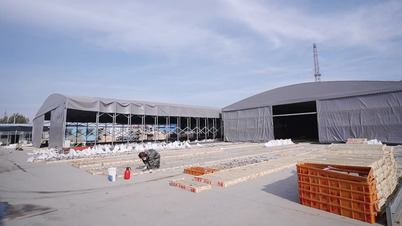




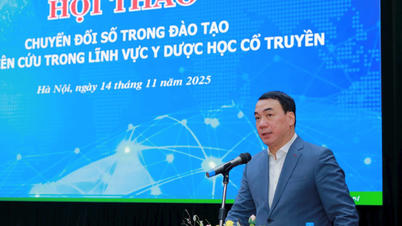




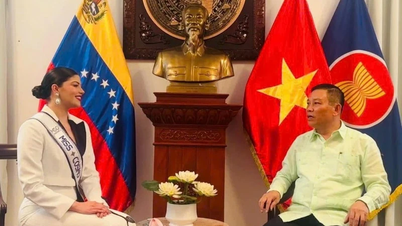
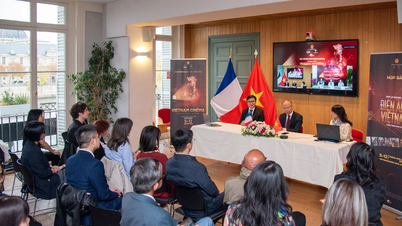
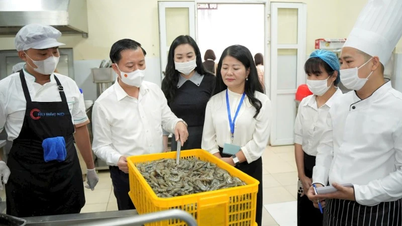
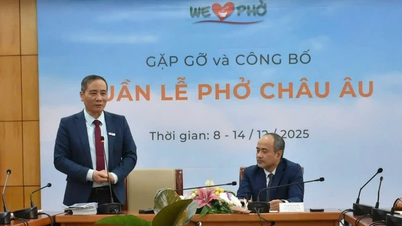
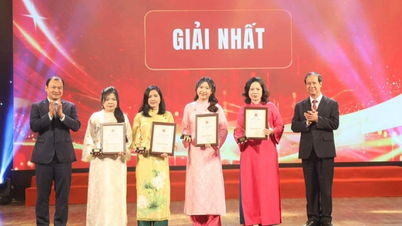
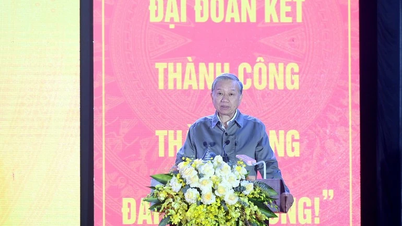
![[Photo] Special class in Tra Linh](https://vphoto.vietnam.vn/thumb/1200x675/vietnam/resource/IMAGE/2025/11/14/1763078485441_ndo_br_lop-hoc-7-jpg.webp)

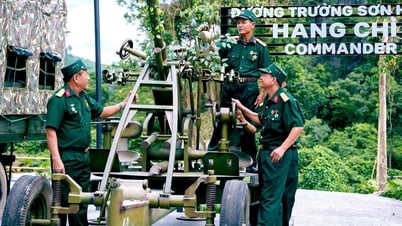
















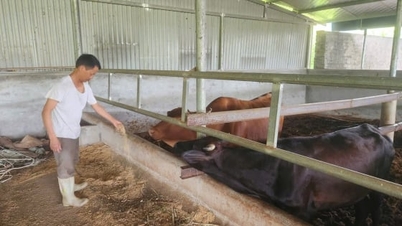

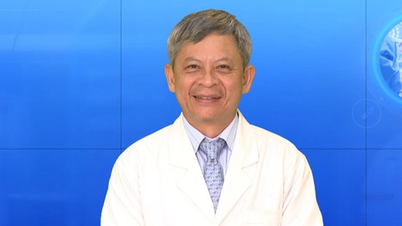
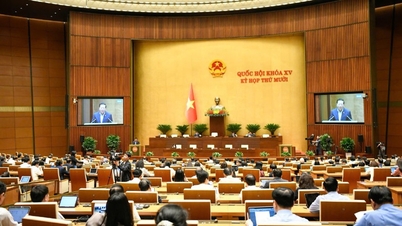











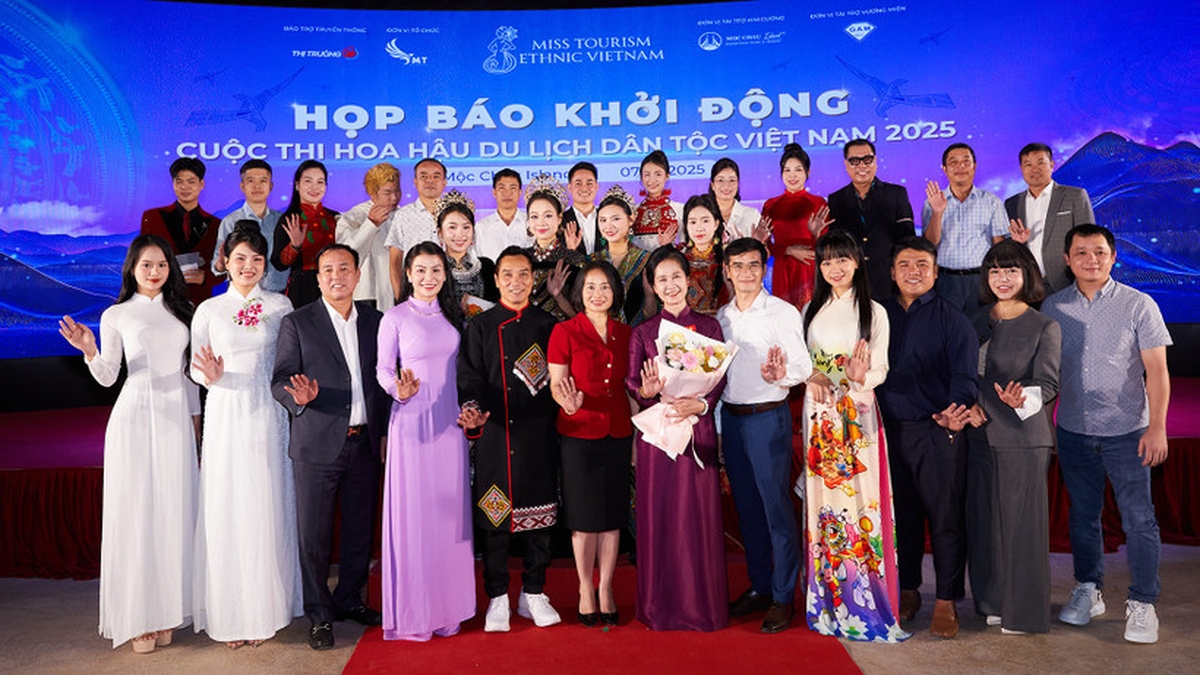







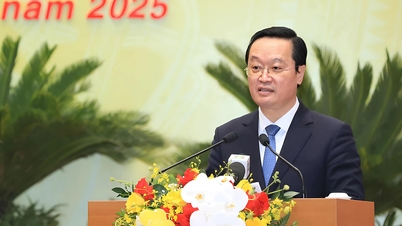


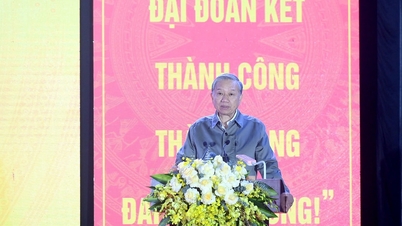



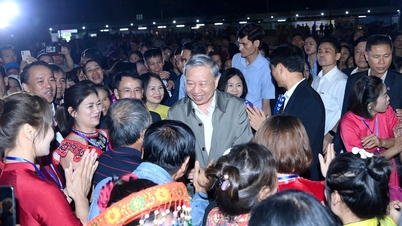
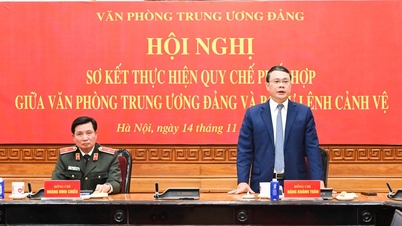


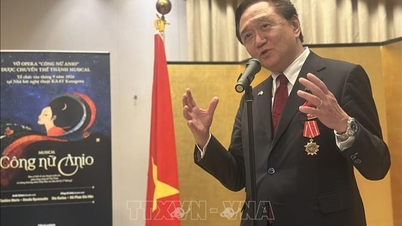

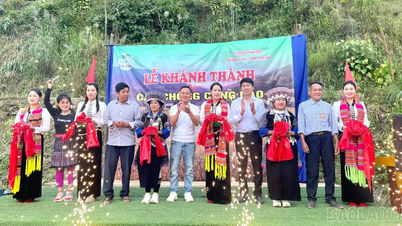

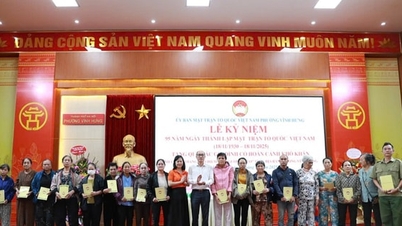

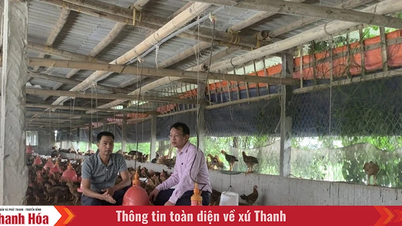

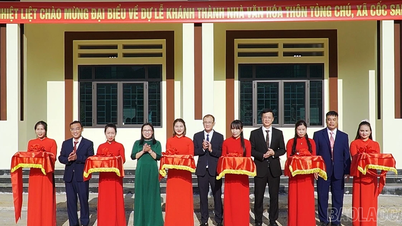
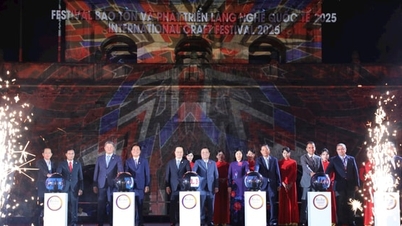

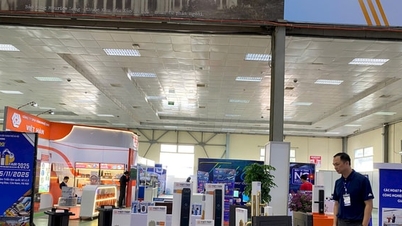
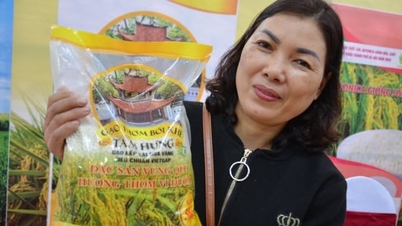
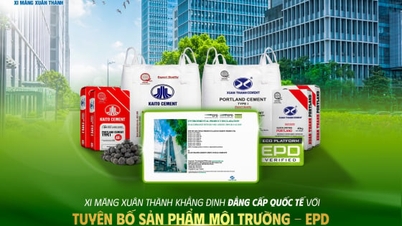
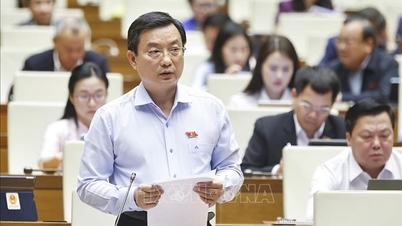







Comment (0)